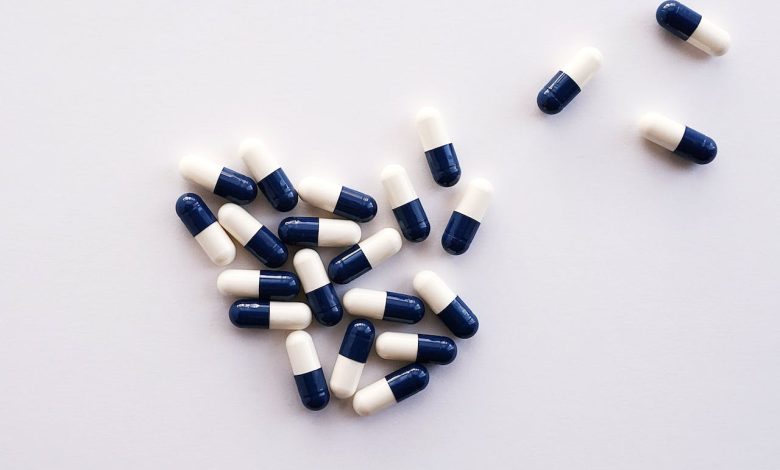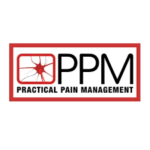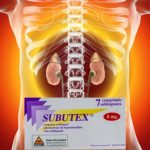Pharmacodynamics: Antagonist vs. Agonist

Do you know that the medicine you buy over the counter or a prescribed drug does an action to ensure that the drugs are doing what it’s supposed to do? Many just take medicine and do not realize that their medication involves a lot more processes than they realize.
For example, have you ever wondered how a blood pressure pill can lower blood pressure? Or how anti-anxiety medications calm down patients? Or how antidepressants can make people’s mood better?
Medications take effect because of the drug mechanics in these drugs. Thus, if you want to understand them, you may have to read about antagonist drugs, the types of antagonist drugs, agonist drugs, and their types. On this page, we discuss the main difference between antagonist and agonist drugs to help differentiate the two main chemical agents.
Understanding Antagonist Drugs
The main question is, what’s the difference between agonist vs antagonist drugs? To answer this question, you must first understand what’s an antagonist drug.
Think of these two types of chemical agents as a lock and key. The antagonist inhibits the actions of an agonist. It blocks the activity of an agonist. So, the antagonist binds to the cell, which makes it difficult for the agonist to bind to the cell receptor appropriately. As a result, because of antagonist drugs, agonists are now ineffective.
Let’s use heroin and opioid receptors as an example. Heroin is an agonist for an opioid receptor. So, whenever a person has taken a fatal heroin overdose when they consume naloxone (an opioid receptor antagonist), they can reverse the effects of the overdose.
Naloxone blocks and occupies all the opioid receptors in the body. As a result, the heroin or morphine in the body is prevented from activating or binding. Within just seconds of receiving naloxone, an unconscious and near-death overdosed opioid victim becomes fully conscious when they get this drug.
Types of Antagonist Drugs
Antagonist drugs have three main types:
Competitive Antagonist
Who knew antagonist drugs could be competitive? But it’s true! The reason for this is that these types of antagonist drugs would be at the same binding site as the receptor, and it would prevent the natural ligand from binding. It’s even the same shape as the natural ligand.
However, there are cases when the natural ligand increases. As a result, it suppresses the competitive antagonists’ effects. Naloxone was mentioned above, and it’s also a competitive antagonist for opioid receptors. As mentioned above, it prevents heroin and morphine from binding to the receptors since these two are natural ligands.
Antagonist drugs can also be used to treat opioid addiction through naltrexone, a competitive agonist drug.
Noncompetitive Antagonist
Noncompetitive antagonist binds at a site without any genuine binding site. It’s genuinely noncompetitive since it’s only located at an allosteric site. Due to this antagonist drug, it causes a conformational change of the receptor. The receptor’s shape would change and thus prevent the natural ligand from binding to the receptors.
Irreversible Antagonist
An irreversible antagonist is a strong one. Through covalent bonds, it can bind forcefully to the receptors, and it can’t be washed out. Through their mechanisms, they can permanently modify the receptor and prevent the natural ligand from binding.
Understanding Agonist Drugs
An agonist mechanism can occur naturally or artificially. It can occur naturally since these are also your neurotransmitters and hormones. Artificial agonists can occur by taking drugs designed to resemble natural agonists. Agonist drugs contain molecules that bind to specific receptors and cause them to become active.
For instance, serotonin is a natural transmitter and agonist for the 5-HT2A receptors. The artificial agonist of the 5-HT2A receptors is the synthetic hallucinogenic drug LSD. Furthermore, look at the structure of agonist drugs and natural agonists. You can see that they’re similar in ways since they mimic the natural agonists and trigger the receptors to produce the desired response.
Following the lock and key analogy, the agonist drug is like the key that fits into the lock or the receptor and thus opens the doors and produces a chemical reaction. A natural agonist is the master key, whereas other keys (agonist drugs similar to natural agonists) can be designed to do the exact mechanism.
Types of Agonist Drugs
Like antagonist drugs, agonist drugs have three main types:
Complete Agnonist
Complete or direct binding agonist drugs bind directly at the receptor where the natural ligands would bind. As a result, the effects are faster.
Partial Agonist
Partial agonist or indirect binding agonist drugs promote the binding of the natural ligand to the receptor side. The response is delayed. A partial agonist could sometimes act as an antagonist since it competes with the same receptors as a full agonist.
Inverse Agonist Drugs
This type of drug produces the opposite effect whenever it binds to the receptor. An agonist would naturally increase the activity of a receptor. However, with an inverse agonist drug, it would decrease the receptor’s activity below the baseline.
Final Thoughts
As you can see, the main difference between the antagonist and agonist drugs is that they have opposite actions on the body. Antagonist drugs oppose or block the natural action of a receptor. In contrast, an agonist drug would always produce a specific action and thus trigger the receptors to produce a natural response.





